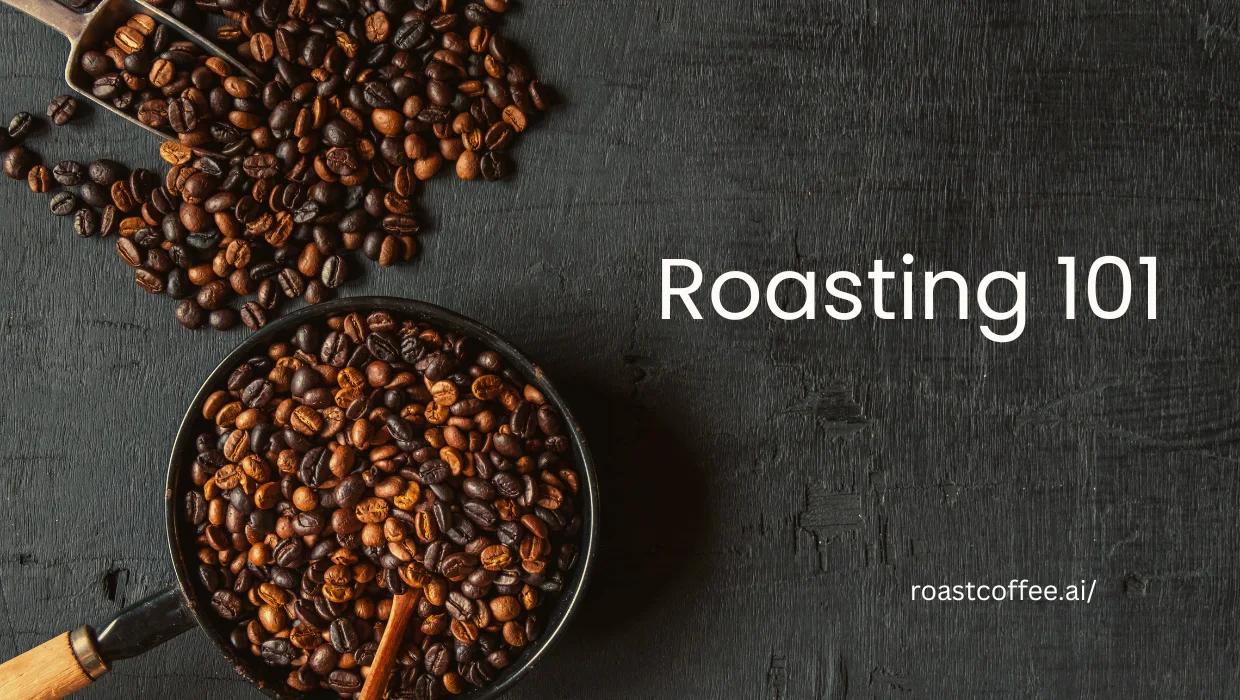When I first started roasting coffee at home, it was a mix of excitement and confusion. I wasn’t sure what temperatures to hit, what color meant what, or why things sometimes smelled like hay and other times like toasted almonds. But over time—through trial, error, and lots of burned batches—I discovered that roasting coffee isn’t just about heat. It’s about timing, rhythm, and listening to the beans.
In this post, I’ll walk you through the core roasting techniques that transformed my roasts from guesswork to reliably delicious. Whether you’re using a popcorn popper or a Gene Cafe, this guide will help you understand what’s happening in the bean and how to get the most flavor in the cup.
The 3 Phases of Coffee Roasting
Understanding the stages your coffee beans go through is crucial for a great roast.
- Drying Phase (Start to ~150°C / 300°F) What’s happening: Beans lose moisture. This is the “preparation” stage. Watch for: Color stays green/yellow, smell like hay or grass. Tip: Don’t rush this phase. Too fast = uneven roast.
- Maillard Phase (150°C–195°C / 300°F–383°F) What’s happening: Sugars start caramelizing, browning begins. Watch for: Light brown color, nutty/chocolatey smells begin. Tip: This is the flavor-building stage—control your heat!
- Development Phase (Starts at First Crack ~196°C / 385°F) What’s happening: You shape the final flavor. Stop early for light, go longer for dark. Watch for: Audible cracks, color deepens, rich aromas. Tip: Track your Development Time Ratio (DTR). Ideal DTR is often 20–25%.
For a great overview of roast levels, what to expect, and how your beans should behave through each stage, check out our recommended video: Coffee Roasting Basics – Roast Levels & Cracks.
To really nail your timing for the development phase, learn how to recognize First Crack with audio examples from Mill City Roasters: First Crack Audio Reference – Mill City Roasters.
Roasting Techniques That Make a Difference
Mastering these techniques will elevate your home roasting game:
- Start Hot, Finish Gentle: Many roasters use high heat early to push through the drying phase, then lower heat toward First Crack to slow development and avoid scorching.
- Control Airflow (If Available): Higher airflow means a cooler, more even roast. Lower airflow builds heat quicker but increases the risk of tipping or burning.
- Time Your Roast: Record your charge temperature, time to First Crack, and total roast time. Most home roasts aim for 8–12 minutes.
- Log Every Roast: Keep a detailed roast log: bean type, weight, ambient temperature, times, smells, and taste notes. This builds repeatable profiles.
Common Mistakes & How to Avoid Them
- Rushing the roast: This leads to underdeveloped beans with grassy or sour tastes. Be patient!
- Roasting too dark: It’s easy to mask the unique origin flavors. Try stopping 30 seconds earlier next time.
- Not tracking anything: Without notes, you’ll never know what worked well (or what didn’t).
Use All Your Senses
Roasting is a sensory experience. Listen for First Crack—it’s your key indicator for entering development. Smell the roast as it evolves from grassy to sweet to smoky. Watch for the color changes: yellow, tan, brown, then deep brown.
Summary & Next Steps
Roasting is both art and science. By understanding the three phases, listening for First Crack, and tracking your Development Time, you’ll move from guesswork to precision.
So grab your beans, heat up your roaster, and give it a go—whether you’re roasting for fun, flavor, or full-blown obsession (like me).


